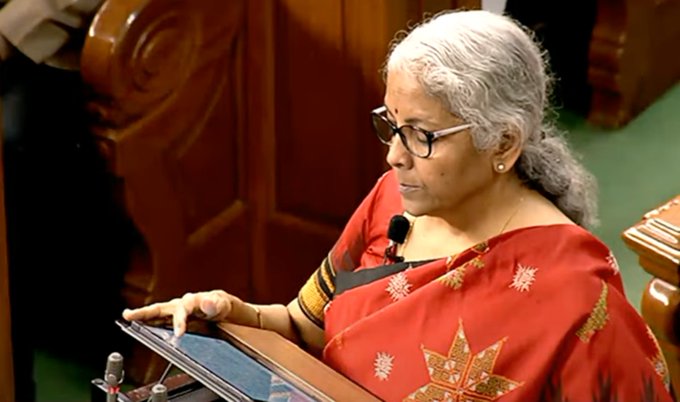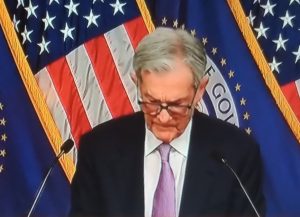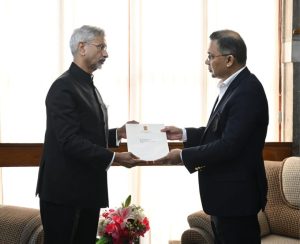No data on income disparity; govt ducks question on richest 1 pc owning 40 pc wealth

File Photo
By Our Special Correspondent
New Delhi, February 13: Even while it has been widely reported that the richest one per cent in India owns 40 per cent of the wealth, the government told the Lok Sabha that the tax authorities no more captures the wealth of the individual taxpayers. On the growing income inequality in the country, the government banked on the data of the National Sample Survey Office (NSSO) 2011-12 to argue that the data were same as that of 2004-05, showing no change on prevailing income class differences.
“The wealth tax was replaced with an increase in the rate of existing surcharge by two per cent in case of all persons (except a foreign company) having total income of more than Rs 1 crore,” said the government in a written reply during the Question Hour in the Lok Sabha on Monday. The government also stated that “further, Finance (No.2) Act, 2019 has also increased the rate of surcharge. Due to the abolition of Wealth Tax, the Central Board of Direct Taxes does not anymore capture information about the complete wealth of an individual taxpayer.”
The Ministry of Finance in a reply to the question of the Lok Sabha MPs Komati Reddy, Venkat Reddy and Manne Srinibvas Reddy said that the data relating to the wealth of taxpayers is not centrally available. “The top 10 richest of the country are already charged to tax on their income in accordance with the provisions of the Income-tax Act, 1961,” added the Ministry.
On the prevailing income inequality, the Ministry stated that “…in India, the data on class distribution of income is not compiled centrally. However, household consumption expenditure data collected by NSSO could be used as a proxy to capture the economic disparity in terms of consumption expenditure. The latest data of Large Sample Survey on Household Consumer Expenditure has been collected by NSSO in its 68th round conducted in 2011-12.”
Incidentally, there has been no such survey since then, making the government to bank on data of the findings of the exercise done over a decade ago to answer queries on the growing income inequality in the country in the recent years. “The Gini coefficient (measuring the inequality between different expenditure classes of the population) in rural areas is observed to be almost same in 2004-05 and 2011-12 at 0.27 and 0.28 respectively. In the urban areas, the Gini coefficient has increased marginally from 0.35 in 2004-05 to 0.37 in 2011-12. The process to conduct the next Household Consumption Expenditure Survey has been initiated in August 2022,” added the Ministry.






